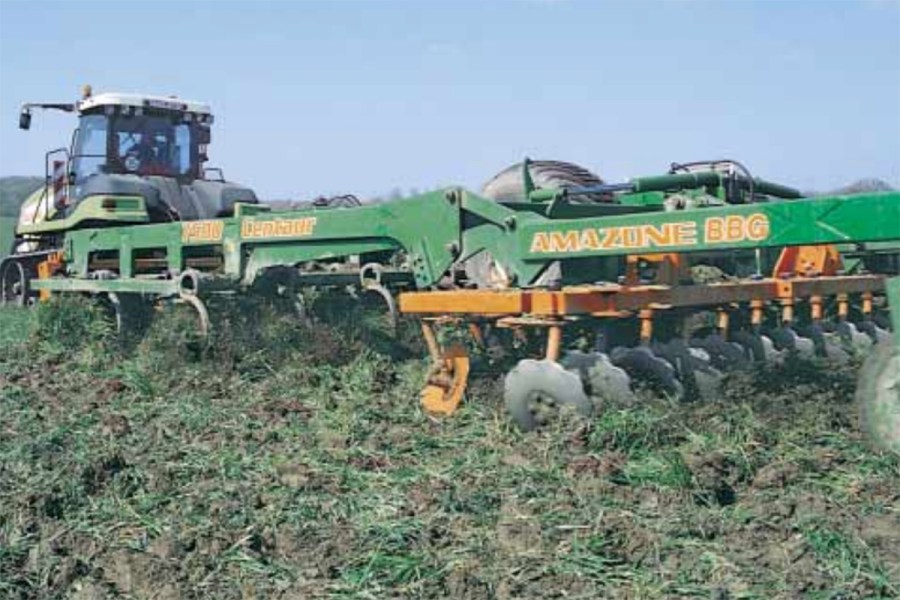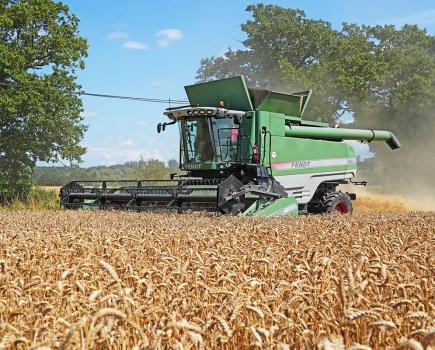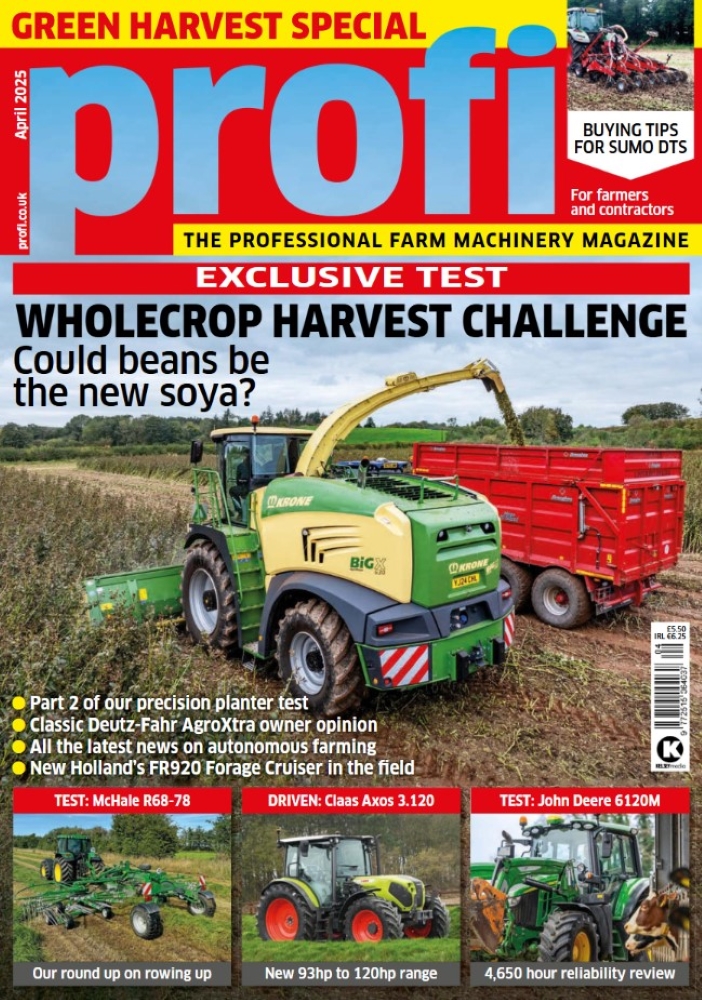Centaur is Amazone’s name for its tillage combination of cultivator, discs and a pair of rollers. Although it appears simple, we were impressed with its abilities in conditions ranging from shallow straw incorporation to full scale top-soil cultivation. But, its enormous power requirement didn’t escape our attention either
We could have called this report ‘Built for crawlers’, because of the Centaur’s considerable craving for tractive power – well suited for work behind tracklaying tractors. The drawbar attaches to the lift linkage, which should be operated in draft position, and drivers are strongly advised to ensure it floats and pivots freely. Should the drawbar become blocked and locked up, side forces exerted by the Centaur could well damage the linkage and restrict steerability.
Naturally the Centaur can be hitched up to other powerful tractors, rigid frame or articulated, provided they deliver sufficient power and traction. Amazone suggests a 230kW/300hp tractor should be man enough for the 7.50m wide Centaur, which weighs in at 10,700kg. However the tractor must be capable of maintaining grip on land that has already been stubble cultivated if the optimum speed of 15km/hr is to be maintained. This will result in an output of 10ha/hr after allowing for headland turns.
With a Claas Challenger 95E crawler capable of producing 306kW/410hp in charge of our test Centaur, we cultivated a field of grass and vetch mix down to 12cm, which is a little deeper than is usual. Working speeds up to 10-12km/hr were achieved resulting in an output approaching 8ha/hr. Work quality was good with the 20cm high vegetation, including its roots, well incorporated into the soil which, in turn, was loosened to a uniform depth.
Thanks to the Centaur’s overall length – 11.2m – and a well-designed frame, levelling and consolidation were also excellent. The first element of the Centaur is a row of flexible packer wheels, and these cope very well with the side forces generated by the tracklayer’s steering system. The packers are followed by four ranks of 36 ‘pig tail’ 35mm x 35mm cultivator tines. With an under-frame clearance of 97cm, these tines are able to mix a considerable volume of organic material into the soil without blocking. A choice of three coulter types provides a variety of working depths. Shallow straw and stubble incorporation down to 10cm depth is carried out by 18cm wide duck foot type shares, spaced at 20cm. These slice into the ground right across the total working width. If a more thorough mix and deeper working depth is required during the second cultivation pass, it is possible to fit the 7.5cm wide curved tines used in our test. Top soil cultivation, suitable for a plough-less cultivation regime, is carried out by 5cm wide ‘narrow tines’ that penetrate down to 25cm. Both tine types are reversible.
[Download the PDF to read in full]
For more up-to-date farming news click here and subscribe now to profi and save






